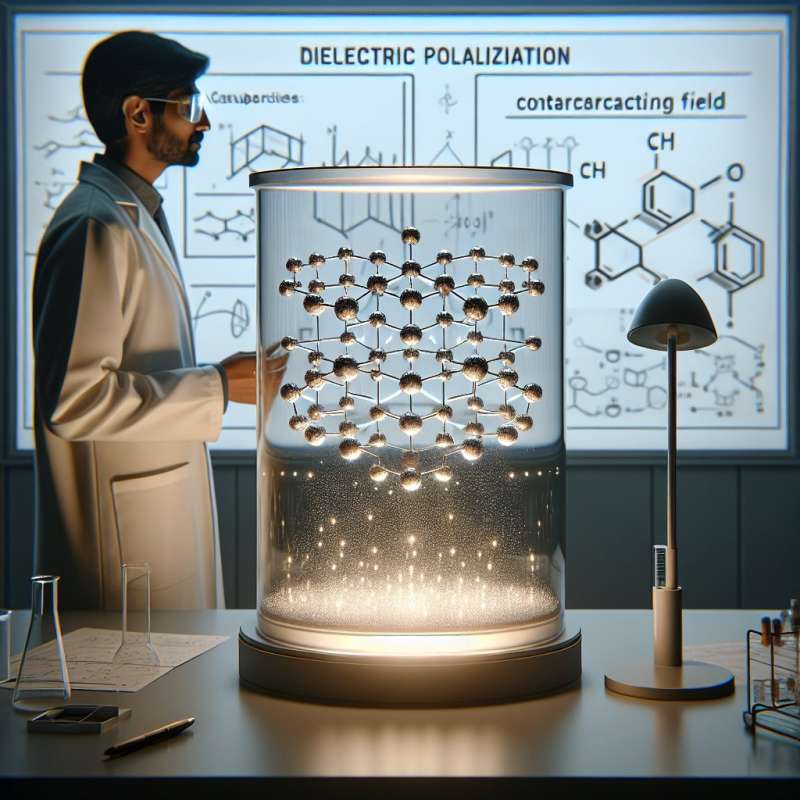
Introduction to Dielectrics
Dielectrics are insulating materials that don't conduct electricity but can store charge. They're key in capacitors, enhancing charge capacity by reducing the electric field.
Dielectric Polarization Explained
When exposed to an electric field, dielectric molecules align their dipoles, creating an opposing field. This polarization effect is what enhances the capacitor's storage capability.
Dielectric Constant Significance
A material's dielectric constant measures its ability to store electrical energy. Higher values indicate greater energy storage potential, crucial for high-performance capacitors in electronics.
Breakdown Voltage Phenomenon
Dielectrics have a limit, called the breakdown voltage. Exceeding this leads to 'dielectric breakdown', where the material suddenly conducts, often resulting in damage or failure.
Frequency Dependence
Dielectric properties can vary with frequency. At high frequencies, some dielectrics may become less insulating, affecting their performance in AC circuits and wireless communications.
Dielectric Losses
Dielectrics aren't perfect insulators; they lose some energy as heat in a process called 'dielectric loss', especially at higher frequencies, impacting energy efficiency in applications.
Applications Beyond Capacitors
Beyond capacitors, dielectrics are used in substrates for printed circuit boards, as insulators in cables, and for advanced applications like stealth technology, affecting radar visibility.
What do dielectrics enhance in capacitors?
Electric field reduction
Electricity conductivity
Capacitor size
Company